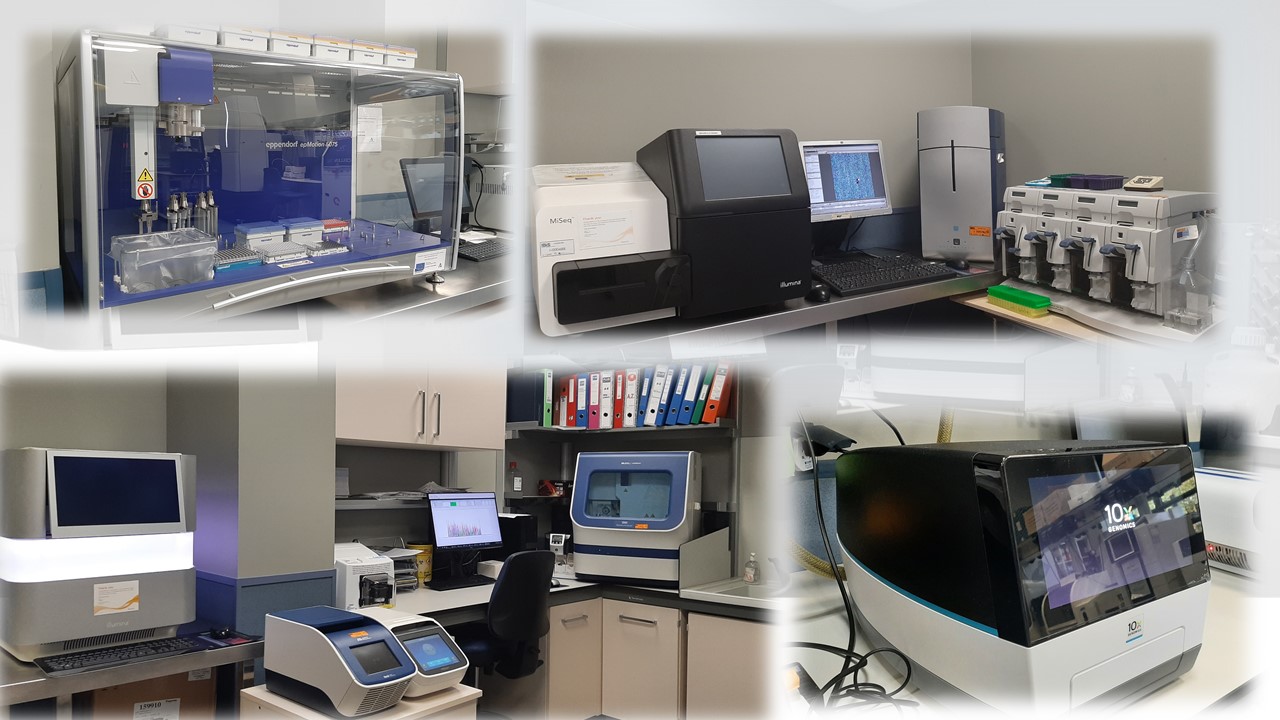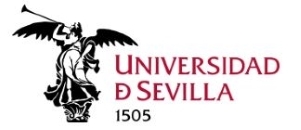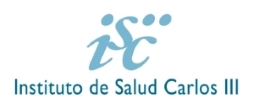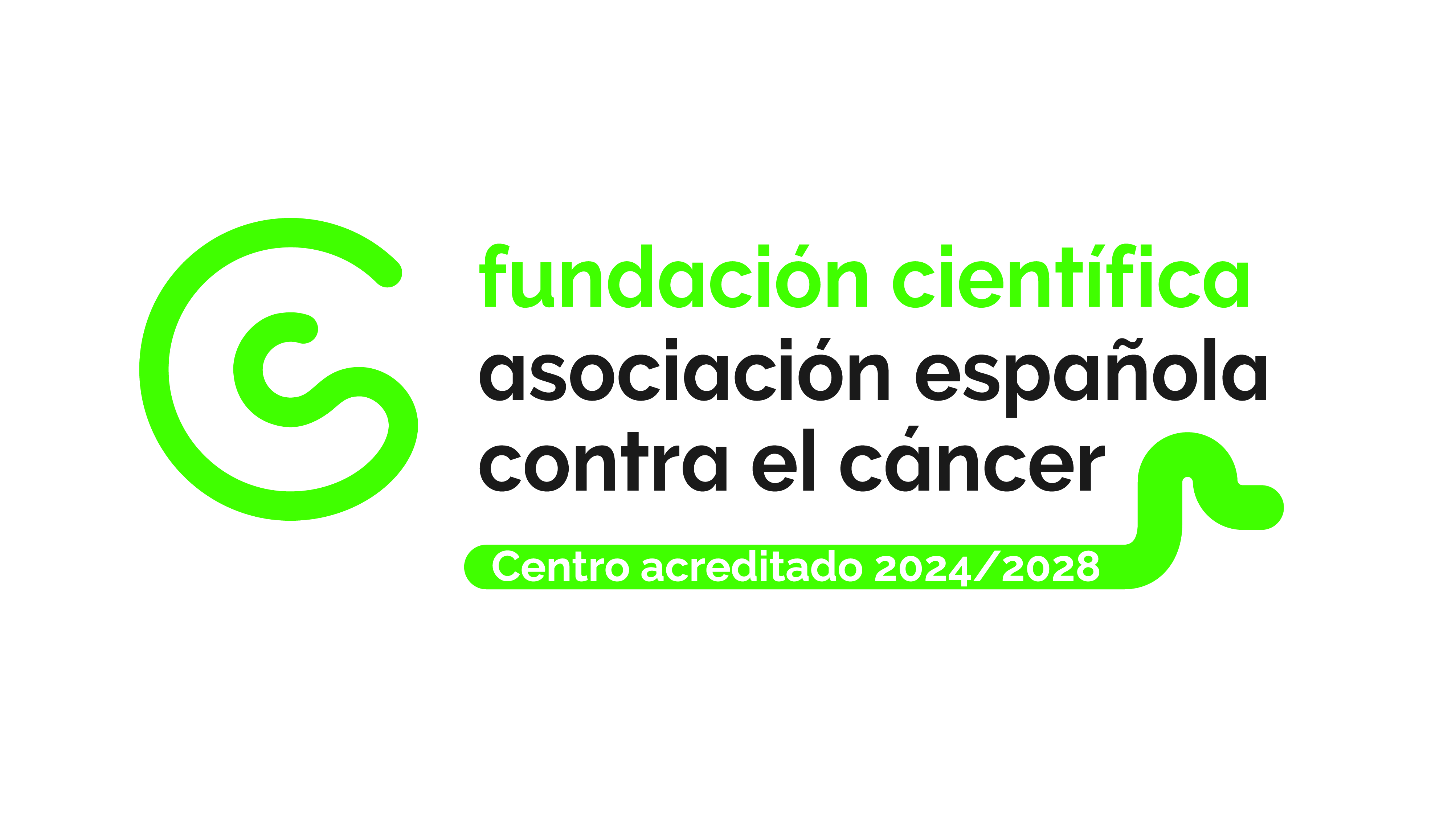
Servicios
Genómica y Secuenciación

El Servicio de Genómica y Secuenciación del IBiS ofrece aproximaciones experimentales utilizadas de forma general en el campo de la Biomedicina, como son la secuenciación de ADN por electroforesis capilar, el estudio de expresión génica o las técnicas de secuenciación masiva (NGS), incluyendo de célula única.
El servicio ofrece asesoramiento científico y soporte técnico tanto a investigadores del IBiS, como a investigadores de otros centros públicos o privados.
Ubicación: Planta Baja y 1ª Planta
Horario: Lunes a Viernes de 8:00 a 17:00
Dona
Fomenta la ciencia con una donación y forma parte del cambio.














